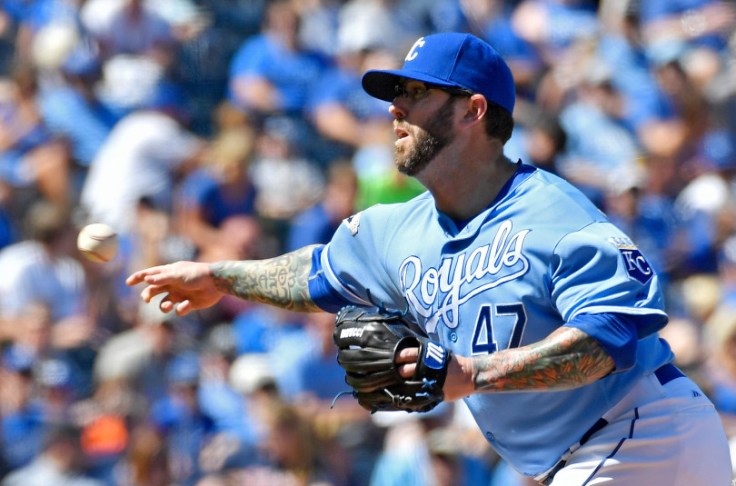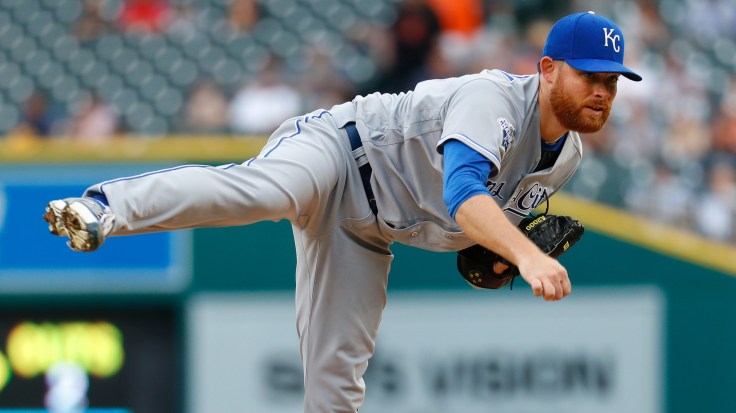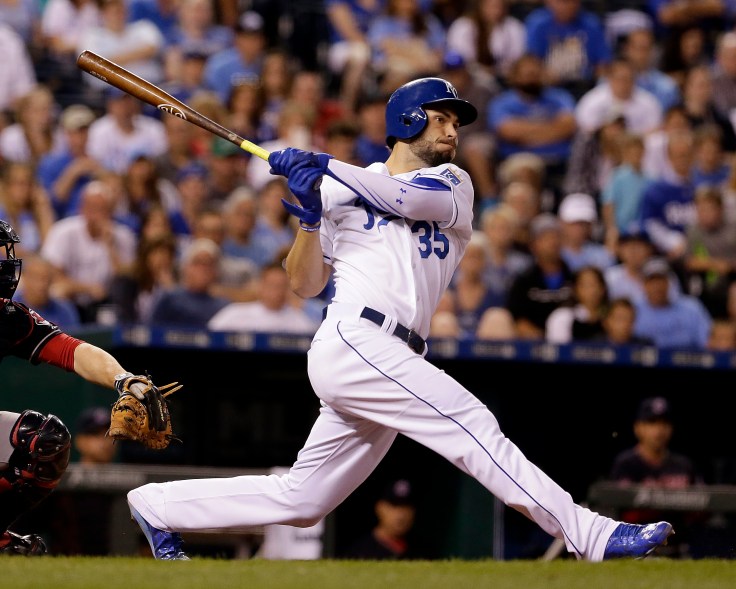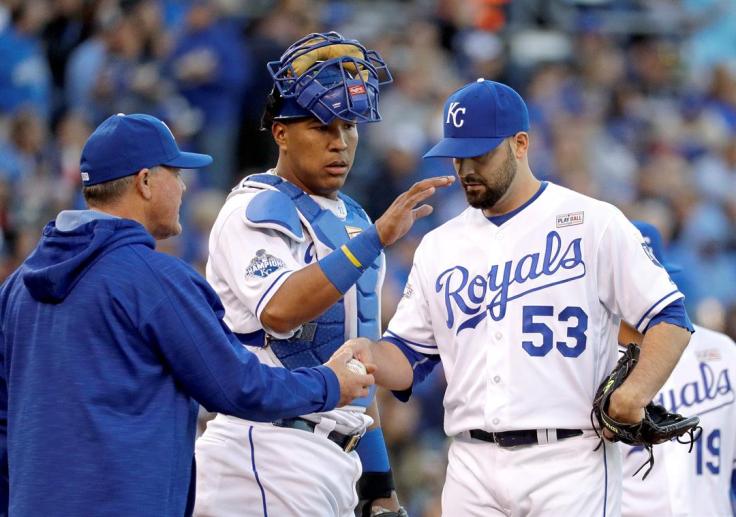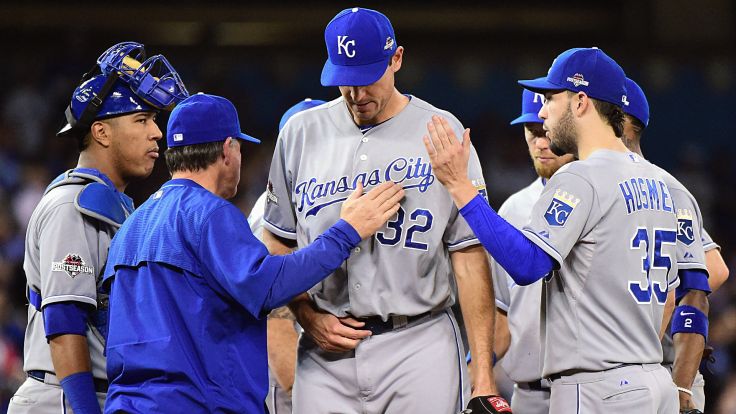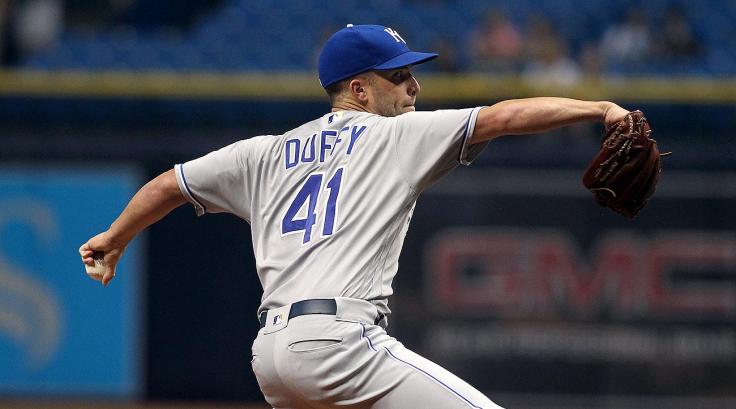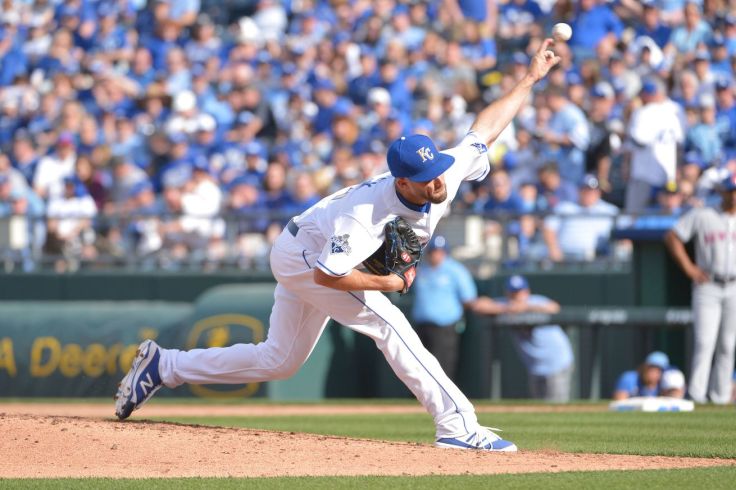
August 30, 2016 would have been Ted Williams’ 98th birthday and though he passed away in July of 2002, Williams’ legacy lives on all these years later. To some like myself, Williams is the greatest hitter of all time in baseball and the numbers back that up: two MVP awards, five time Major League Player of the Year, six batting titles, 14th all time in bWAR(11th for position players), 6th all time in OWAR, 8th best batting average, 2nd best OPS, best career on-base percentage, 2nd best slugging percentage, 4th most walks, 5th best WPA and 6th most runs created. What’s even more compelling is that ‘Teddy Ballgame’ did all of this while missing three years of his prime (his age 24-26 seasons) while serving in the war. Williams is one of the greats in the game and has always been a man who has piqued my interest once I started delving into the history of the game back in my early years. I think one of the main aspects of Williams (at least to me) was he absolutely loved the art of hitting and studied it like he was a scientist or scholar who wanted to breakdown every section of this art. To celebrate his greatness, I thought today we would look at some great factoids, stories and other interesting notes about the ‘Splendid Splinter’, Ted Williams.
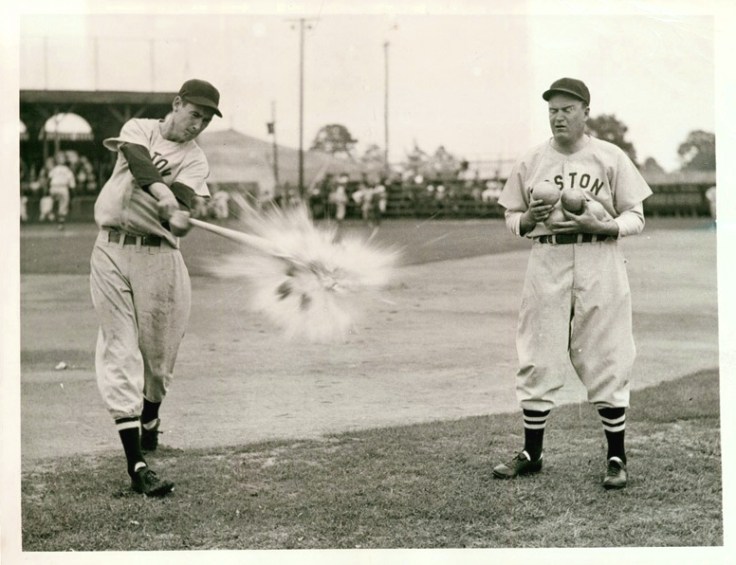
- Williams had a great memory. In fact, he could recall specific at bats, sequences, conversations and much more from years before. These stories are still being passed along today:
One time, comedian Billy Crystal met Williams and told him that he had video of Williams striking out against the Yankees’ Bobby Shantz in a specific game 30 years earlier. Williams looked at Crystal and said, “Curveball, low and away. [The catcher] dropped the ball and tagged me, right?” Of course it was, because that was Williams.
Williams was obsessed with hitting, taking batting practice before and after games. Tim Kurkjian once wrote:
“Fear of failure drove Williams. That’s why he never stopped hitting, never stopped striving for perfection.”
He would often tell people that his only goal when he retired was to have people look at him walking down the street and say, “There goes Ted Williams, the greatest hitter who ever lived.”

- Williams was known to be a surly guy, but stories have surfaced over the years about what a good-hearted person he could be. This story in particular makes it hard to dislike the guy. This came from Roger Waynick, owner of Cool Springs Press:
When Roger was in his mid-teens, before he had a drivers license, he went on a trip with his father to Islamorada, Florida to fish for tarpon. The group that included his dad breakfasted one morning and then, for some reason, left Roger behind when they went to the boat.
Ted Williams, a pretty famous tarpon fisherman (one of his major endorsement deals was with Sears for fishing tackle), noticed the young man sitting by himself and asked him what was going on. Roger explained that his dad and his dad’s friends had left him behind. Ted invited him to spend the day with him fishing on his boat.
Waynick has two great memories of the day. One was about the legendary Williams eyesight. (It was claimed that he could read the label on a 45 rpm record while it was spinning on the turntable.) Waynick explained to me that fishing for tarpon is like hunting; you see the target game first and then “cast to it.” As Waynick put it, “he had brilliant eyes and could see the fish long before I could!”
But the other recollection Waynick has nearly 40 years later is about Williams’s strength. “We caught several fish and I was amazed how he could hold his rod almost vertically as these huge fish pulled. For me, I was being pulled around the boat…but not him. He stood still and straight. Splendid.”
- Not a fan of defensive shifts that litter the game of baseball nowadays? Well, Williams was the first player to ever have such a shift used against him.It was called the “Ted Williams Shift”and was first used by Cleveland Indians manager Lou Boudreau on July 14, 1946 :
In the opening game of a Fenway doubleheader, Williams, in his first season back from World War II military service (and waist-deep in what would be his first MVP campaign), went 4-for-5 with three homers and eight RBI. For the second tilt, Boudreau, with creativity likely borne of desperation, employed the following defensive alignment when Williams ambled to the plate …

The immediate result? Williams went 1-for-2 with a double and a pair of walks. So that’s … better, at least compared to what he wrought in the first game of the double-header. Note, though, that Williams posted a .750 OBP for the game, and the shift was still deemed a success of sorts. Such were the hitting chops of the Splendid Splinter.
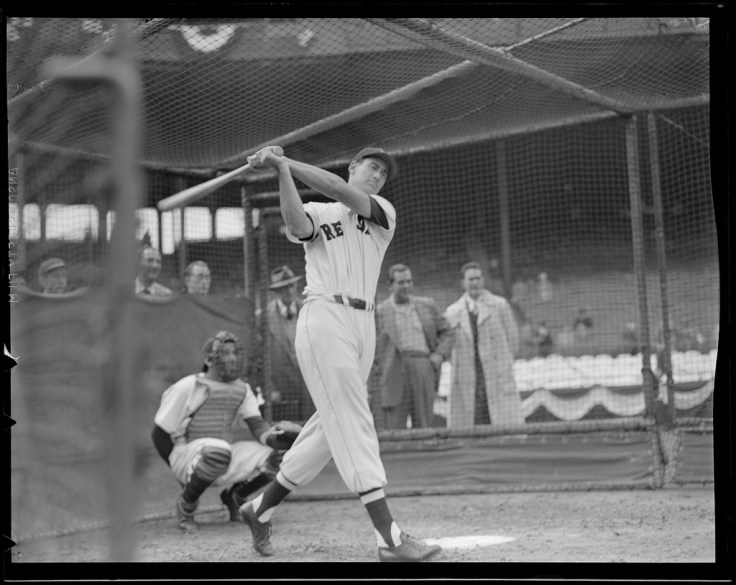
- One factoid that I didn’t realize until a few years ago was that Williams was of hispanic descent:
Williams’s Latino pedigree surprises many, but the Splendid Splinter was always private about family. In his 1969 autobiography, My Turn At Bat, Williams acknowledged his heritage as “part Mexican” and recognized the difficulties that might have been his lot. He wrote, “If I had had my mother’s name, there is no doubt I would have run into problems in those days, the prejudices people had in southern California.”
Williams mother’s name was May Venzor and it appears that his mother’s side of the family had a big influence on Ted’s love of the game of baseball:
Sarah Diaz (May’s younger sister) recalled of Ted’s visits to Santa Barbara in the early 1930s, when he was a teenager: “Ted played with my brother Saul. We had a big garden, and they’d get out there and throw the ball to each other. Ted learned a lot. When Ted would come, the first thing they would do is get out there in that field and pitch to each other and bat. My mother was left-handed and, boy, she didn’t miss when she threw rocks at us, to get our attention.”
- As most know, Williams was the last hitter to hit .400 in a season, .406 back in 1941. Many felt like he should sit out the final game of the season, which was a doubleheader at Shibe Park. Williams’ average was at .39955 and batting average’s are always rounded up to the next decimal. Williams’ could have sat out the game and still accomplished a .400 season. Instead, Williams played both games:
Williams went 6 for 8 in the two games to finish at .406, and no one has since hit .400 or better for a season. No one, in fact, has hit higher than .390, and that was 31 years ago.
Many hitters have tried since then to reach the .400 barrier, only to fall short:
Williams had 456 at-bats in 1941. Brett, who hit .390 in 1980, had 449 at-bats that season. In 1994, Gwynn had 419 at-bats in 110 games and washitting .394 on Aug. 11; then the players went on strike and the rest of the season was canceled.
John Olerud was hitting .400 on Aug. 2, 1993, the second latest that anyone has carried a .400 average in a season since Williams. (Brett was hitting .400 on Sept. 19, 1980.) Olerud raved about Williams’s eye for the strike zone and his plate coverage but wondered whether he had benefited from playing when starters usually pitched complete games.
On this issue, Williams always conceded that some changes, like a bullpen full of specialists, might have made hitting harder since the 1940s, but that other changes might have made it easier, like the major league expansion to 30 teams from 16, which probably diluted the overall pitching talent.

- One final story that I found incredibly interesting-Ted Williams once pitched in a major league game. It was August 24, 1940 and all things considered didn’t pitch too badly:
Just 21 at the time, Williams was not an ideal person to take the mound. But the Red Sox’s manager, Joe Cronin, found himself in a tight situation during a blowout loss to the Detroit Tigers.
Needing a fresh arm to get some outs, Cronin called on Williams to throw some pitches.
Despite his inexperience, Williams did fine in two innings, allowing just three hits and one run. The Tigers won by 11, but the Red Sox were able to get through the game without any further embarrassment.
Go ahead and use that little fact to try to stump a friend. I’m pretty sure they won’t know that Williams actually pitched in a game early in his career!

Ted Williams is not only one of the greatest baseball players in history, he is also a man who will be talked about way past any of our lifetimes. Williams was a one of a kind player and many of the stories here will be told for years to come. I love running across new stories I have never heard before about Williams, as I find him to be a fascinating player and person, someone whose reach was far past the game of baseball. Williams lived a full life that many would be proud of, but he also was one who always wanted more. We should want more out of life and never quit wanting to learn and be better. It is a goal that Ted Williams strived for and seemed to succeed at.
